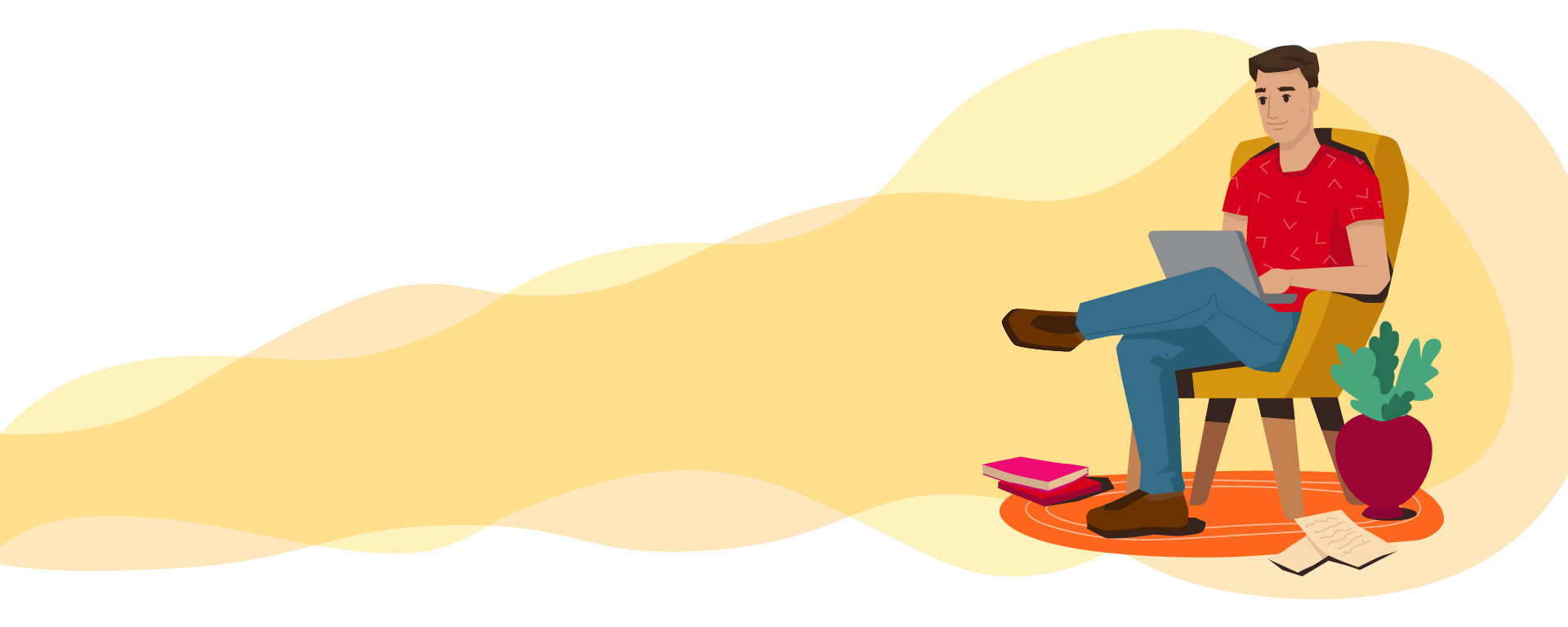Guiding the inquiry process
Reflection prompts guide the inquiry process that you are asking students to undertake. Providing effective reflective prompts that guide students through the critical reflection process is crucial to facilitating desired learning outcomes.
Below are some ways to construct critical reflection prompts based on the DEAL model and the What? So What? Now What? Model. Before viewing these models, challenge yourself by completing the worksheet below sorting critical reflection prompts using your knowledge of the DEAL model.
Activity
DEAL Model
(Ash & Clayton, 2009)
-
What took place?
-
Where and when did the experience take place?
-
Who was and was not present?
-
What did you and others do/not do?
-
Any other observations?
-
What specific academic material is relevant to this experience?
-
How did my connection to the academic material emerge from this experience?
-
What knowledge or skills did I use?
-
How is my understanding of the experience, academic materials, or skills different now?
-
What did I learn?
-
How, specifically, did I learn it?
-
Why does this matter?
-
How will I use this learning?
What? So What? Now What? Model
Dr. Natasha Kenny, PhD, senior director of the Taylor Institute of Teaching and Learning recommends the What? So What? Now What? Model for reflection prompts.
-
What happened?
-
What did you learn?
-
What did you do? What did you expect?
-
What was different?
-
What was your reaction?
-
Why does it matter?
-
What are the consequences and meanings of your experiences?
-
How do your experiences link to your academic, professional and/or personal development?
-
What are you going to do as a result of your experiences?
-
What will you do differently?
-
How will you apply what you have learned?
Quick tip: Critical reflection does not always have to involve a formal assignment. Ongoing reflection is a valuable skill. Continuously encourage students to reflect throughout your facilitation before asking them to submit a reflective assignment for formal assessment.
Examples of critical reflection strategies
Following an exam or other formal assessment, students reflect on the questions that they did not answer correctly or areas of improvement to demonstrate an understanding of how they would amend their answers and what they will do differently in preparing for the next evaluation.
Throughout the period of instruction, students are tasked to reflect on what was clear, unclear, or difficult, any other relevant observations they may have, as well as how they will address difficulties and enhance their learning moving forward.
Students are given a pre- and post-survey of their thoughts on a topic. When students look back on their initial ideas, they can appreciate and reflect upon how their thinking and perspectives have evolved throughout the semester.
Students are asked to self-evaluate their knowledge and skills on topics taught through a checklist at the beginning of the semester. At the end of the semester, students complete the same checklist and compare the responses that they indicated at the beginning of the semester. Through this comparison, students can reflect on their growth in knowledge and skills as well as how their self-perceptions have changed.
Additional resources
Lesson checklist
-
Complete the DEAL model worksheet
-
Review prompts using the DEAL and What, So what, Now what model
-
Develop reflection prompts aligned with your desired learning outcomes
Review examples of critical reflection strategies
Check out additional resource
References
Ash, S. L., & Clayton, P. H. (2009). Generating, deepening, and documenting learning: The power of critical reflection in applied learning. Journal of Applied Learning in Higher Education, 1(1), 25-48.
Kenny, N. (2014, July 30). The what? So what? And now what? Of critical reflection. https://taylorinstitute.ucalgary.ca/resources/the-what-so-what-and-now-what-of-critical-reflection




